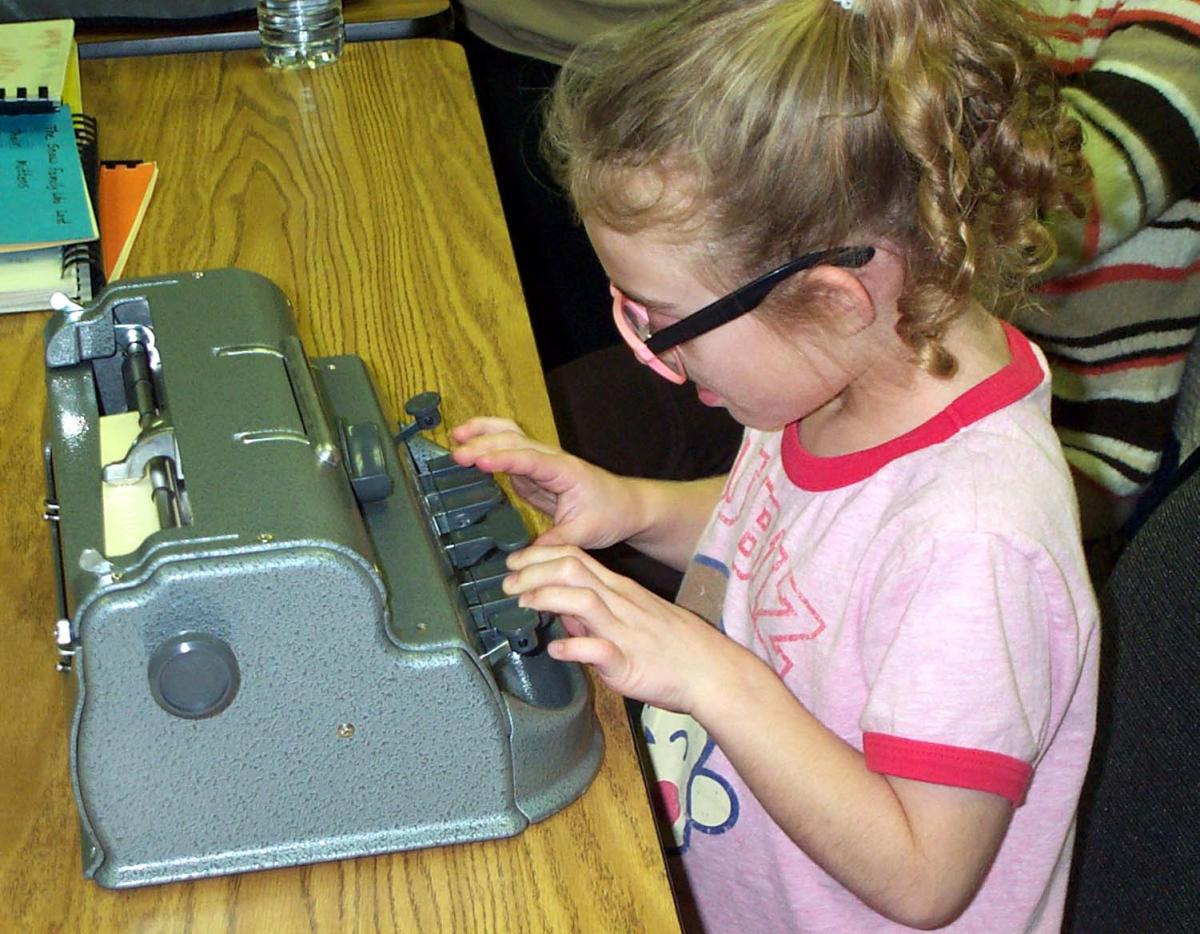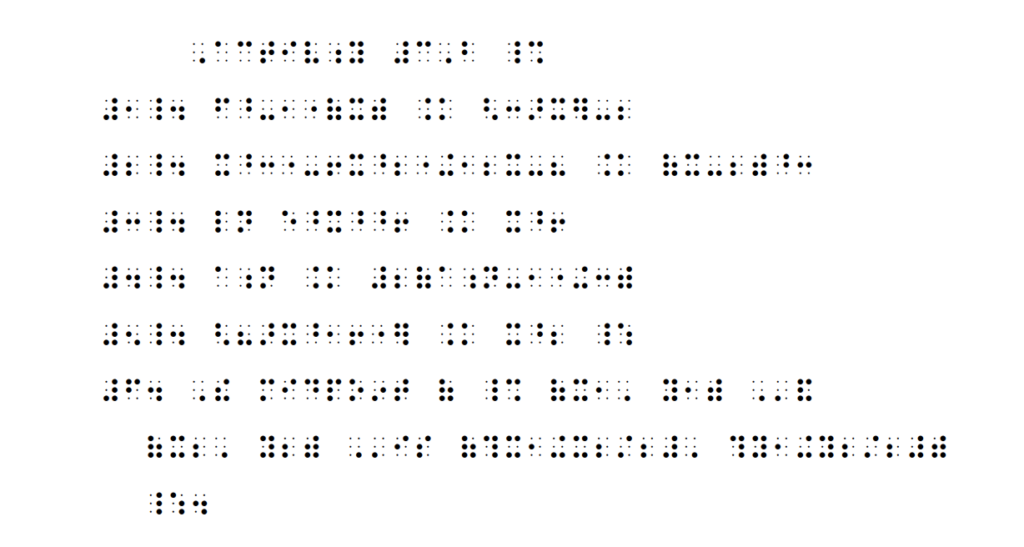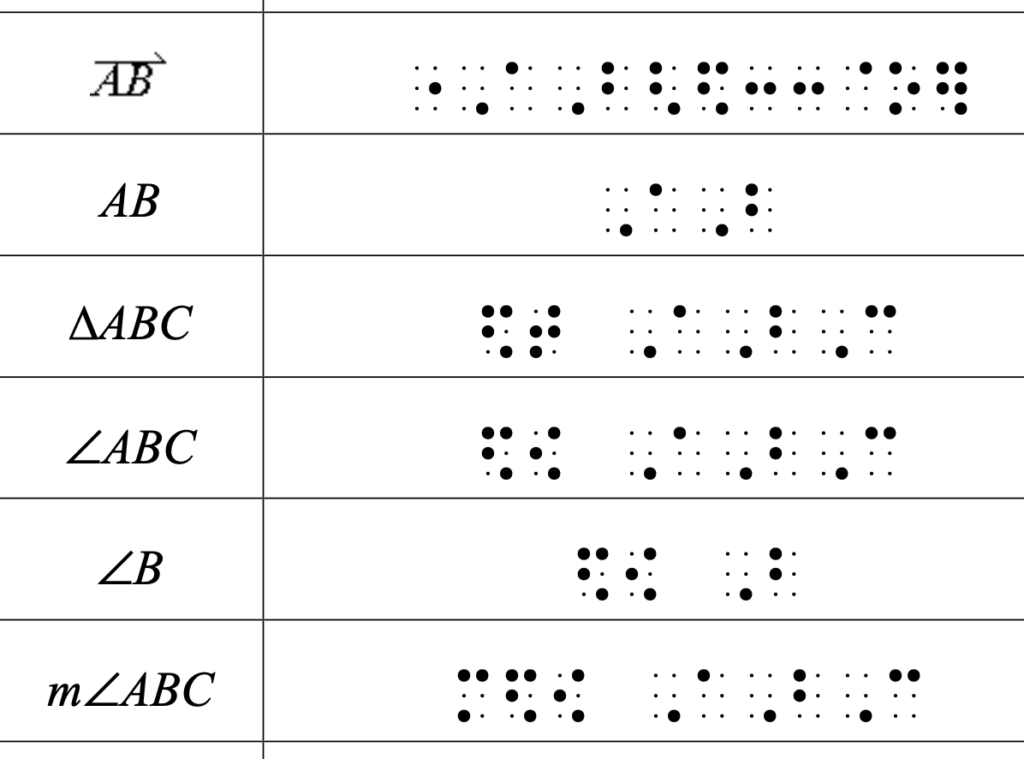There ar e several methods used for writing braille. These include the Perkins braille writer (often called a brailler); slate & stylus; portable note taking devices; and braille embossers used with specialized computer software.
e several methods used for writing braille. These include the Perkins braille writer (often called a brailler); slate & stylus; portable note taking devices; and braille embossers used with specialized computer software.
A Perkins braillewriter has several parts and there is a specific process for loading (or putting) paper in it.
The Perkins braillewriter has not changed much in the last 100 years. Think of it as a typewriter. When you push down on the keys, the embossing head makes indentations on the paper. If you’re curious, find out more about the history through this link about the evolution of this machine.
Most young children who are potential braille readers have their first exposure to the braille writer during the preschool years. They need to have opportunities to explore it and to “scribble” with it (push down on the keys and make noise and braille). Having a braille writer in the home is ideal, because your child can begin to use it well before formal instruction in reading and writing begins.
A slate and stylus is a portable tool used for writing braille.
National Braille Press has UEB charts available for purchase.
- Dots for Families
- What I Shared with a Parent who Didn’t Know Where to Start
- Making Books Meaningful and Motivational
- Introduction to Braille Writing
- Portable Note Taking Devices
- Slate and Stylus
- Braille Embossers
- Braille Lessons in UEB
- How to Download and Use Perky Duck
- Families Learning Braille
- Technology for Children who are Visually Impaired
- Categories of Assistive Technology
- Selecting Computer Software
- Who’s Who in Braille
- The Story of Louis Braille
- Stories of Braille Users
- Anna’s Story
- Haylee’s Story
- An Update on Dots for Families and Stories of Braille Users
- Developing Children’s Braille and Literacy Skills
- Organizations and Companies



